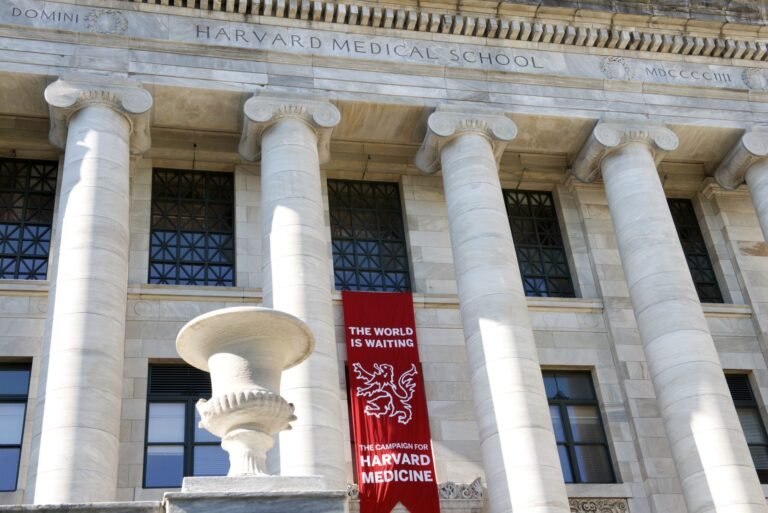Even long-lasting Texans might not have actually become aware of my home town of Lindale. With simply under 5,000 individuals while I lived there, Lindale rests approximately 90 miles east of Dallas and births numerous trademarks of a little Texas community: greater than 3 churches per square mile, roadways controlled by vehicles, and jam-packed football arenas on Friday evenings. It’s additionally extremely white. Theoretically, Lindale may appear a not likely home for an Indian-American child. In truth, it was excellent to me.
Whether playing basketball close-by or going to an argument event out of community, my buddies’ moms and dads took care of me like I was their very own– consisting of by reprimanding me when required. Educators sometimes drove me home after late technique for a mathematics or band competitors– instructors that were as outstanding as they were kind. My argument instructor can quickly aid me with a speech or Algebra II research; my calculus educator succeeded at describing differential formulas and mentoring football.
My course to medication started in Lindale, as well. I mosted likely to university at the College of Texas at Austin (hook ’em ), however my passion in ending up being a physician created via collaborating with medical professionals at Lindale Medical Center and medical facilities in close-by Tyler. I never ever fantasized these experiences would certainly take me to Harvard Medical Institution. Yet my instructors did. After I contended in an argument event at Harvard College, one joked, “You can wind up in institution there; simply be a wise, well-shaped, tireless liberal.” The joke did not shock me– Lindale beings in Smith Area, a deep-red region in East Texas where greater than 70 percent of citizens backed Donald Trump in the last political election. National politics apart, individuals of Lindale saw Harvard as an extraordinary location to discover. They were right. Their idea aided thrust me to the Harvard/MIT MD-PhD Program.
This strenuous program bridges scientific medication and study. Trainees finish the initial 2 years of clinical institution, make a PhD, after that end up the last 2 years of clinical institution. Usually, grads remain to medical facility residency and jobs at scholastic clinical facilities, where they look after people while seeking brand-new treatments, therapies, and analysis devices. At the same time, they boost the health and wellness of specific people and the future of medication itself.
To allow this objective, the National Institutes of Health And Wellness (NIH) funds 57 MD-PhD programs via its Clinical Researcher Training Program. These gives, which amounted to $4 million for the existing school year, featured rigorous needs to make certain that investing straightens with the NIH’s best objective of enhancing human health and wellness via scientific research.
On May 15, 2025, both NIH gives that sustain the Harvard/MIT MD-PhD Program were ended as component of a wider effort by the federal government to end straight NIH financing to Harvard Medical Institution. Thirty-two pupils that invested numerous hours obtaining and gaining NIH F30 fellowships saw their honors disappear. These choices impact not simply the stereotypical Harvard trainee numerous think of– they impact individuals that matured in Lindale, individuals whose moms and dads are not medical professionals or researchers, individuals that participated in public colleges their whole lives, individuals that relentlessly went after a profession in solution of others, and individuals that frequently decrease rewarding personal technique and devote their lives to life-saving study.
My schoolmates are amongst the hardest-working individuals I understand. Posting a peer-reviewed biomedical term paper regularly requires years of determination and troubleshooting. In 2024 alone, the Harvard/MIT MD-PhD Program’s 208 pupils co-authored greater than 180 peer-reviewed magazines. Those pupils routinely function greater than 12 hours a day performing and duplicating experiments in research laboratories adhered to by ongoing analysis, creating, and coding in the house. As opposed to stopping this job, the federal government ought to sustain it– it’s a financial investment in our cumulative health and wellness as a nation.
Think about Dr. Arlene Sharpe and Dr. Vijay Sankaran. Sharpe, that got her MD and PhD from Harvard Medical Institution, made explorations important to the growth of cancer cells immunotherapy medicines that have actually redefined cancer cells therapy. Sankaran, while still a pupil in the program, added to an exploration that brought about the initial FDA-approved CRISPR/Cas9 genetics treatment for sickle cell condition. Such life-altering study takes some time. Greater than a years passed in between each exploration and medication authorization. And not every tale finishes in success. Research study can stop working, researchers’ theories can become incorrect, and an exploration’s long-lasting value might not promptly be clear. Yet, shedding persistence or belief in the study procedure threats stopping working to give enhanced therapies for people almost everywhere.
Whether a biomarker can boost the medical diagnosis of pancreatic cancer cells, a hereditary anomaly influences an individual’s danger of Alzheimer’s condition, or a particle eliminates an antibiotic-resistant superbug is not political. My schoolmates and I are dealing with each of these issues and numerous others.
Our coaches get and win federal government gives that money this study for the advantage of all Americans. Ending those gives endangers our capability to do this study and, with it, the guarantee of making explorations that will certainly someday boost and conserve lives.




